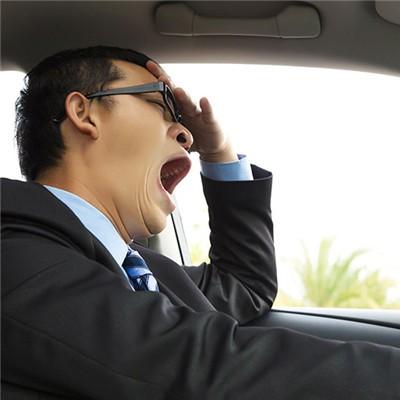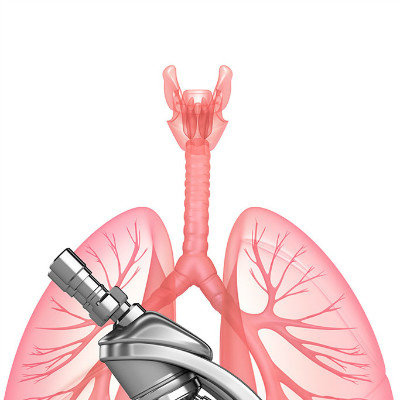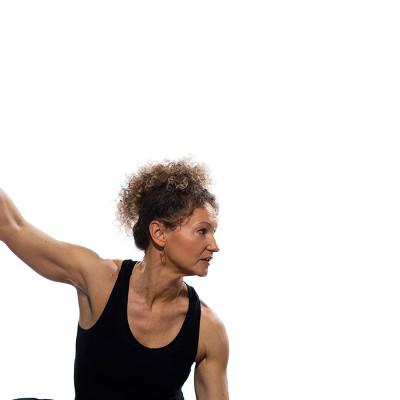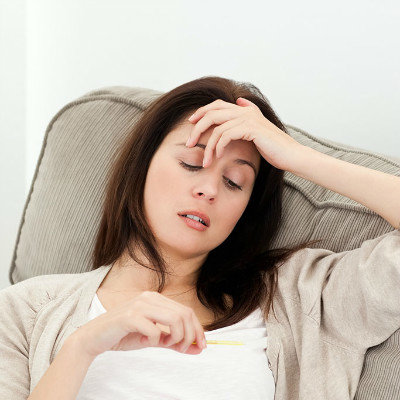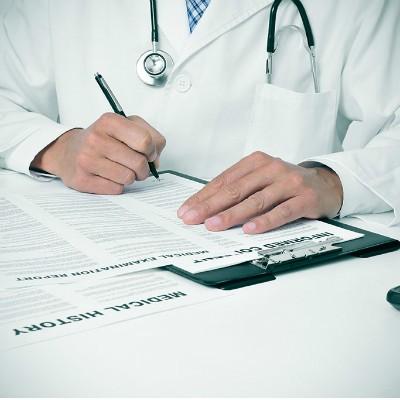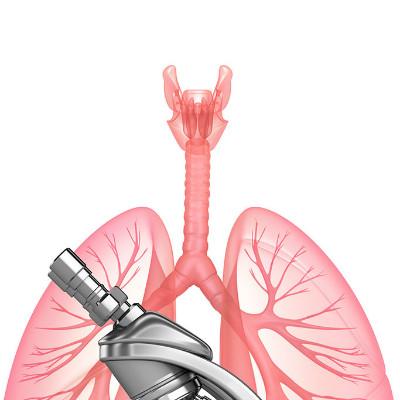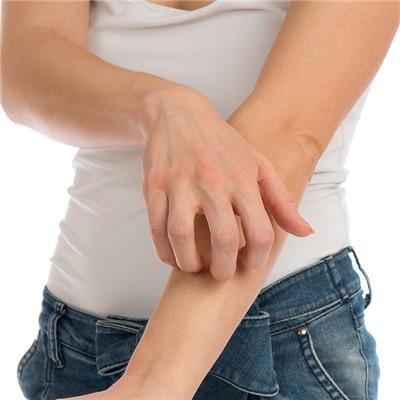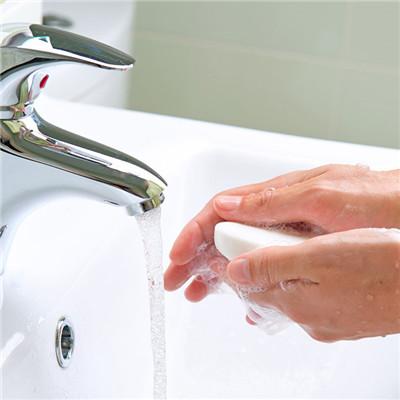What symptom does osteoporosis have
summary
Osteoporosis is a common metabolic system disease, severe osteoporosis generally occurs in the elderly, and the onset time is relatively long, can not be treated in time, patients with a lot of bone calcium loss, patients with serious hunchback, leg cramps, waist pain and other symptoms, in addition, the patient is very easy to fracture, the general patient fell after that Can fracture, what symptom does osteoporosis have to tell everybody.
What symptom does osteoporosis have
The first is pain. The most common symptom of primary osteoporosis is low back pain, accounting for 70% - 80% of patients with pain. The pain spread to both sides of the spine. The pain was alleviated when lying on the back or sitting position. The pain was aggravated when standing upright or standing for a long time or sitting for a long time. The pain was mild during the day, aggravated when waking up at night and in the morning. The pain was aggravated when bending, muscle movement, coughing and defecating. Generally, bone pain occurs when the bone loss is more than 12%. Senile osteoporosis, vertebral trabecular atrophy, the number of reduction, vertebral compression deformation, spinal flexion, lumbar muscle in order to correct spinal flexion, double contraction, muscle fatigue and even spasm, pain. Recent thoracolumbar vertebral compression fractures can also produce acute pain, corresponding parts of the spine spinous process can have strong tenderness and percussion pain, generally 2-3 weeks later can gradually reduce, some patients can show chronic low back pain. If the corresponding spinal nerve is compressed, it can produce limb radiating pain, sensory motor disturbance of both lower limbs, intercostal neuralgia, retrosternal pain similar to angina pectoris, and upper abdominal pain similar to acute abdomen. If the spinal cord and cauda equina are compressed, the function of bladder and rectum will be affected.
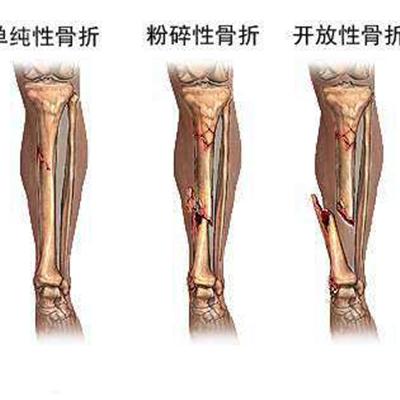
Second: shortening of body length, shortening of body length, hunchback after pain. The anterior part of the vertebral body is almost composed of cancellous bone, and this part is the pillar of the body, with heavy load, especially the 11th and 12th thoracic vertebrae and the third lumbar vertebrae. It is easy to compress and deform, make the spine forward, intensify the curvature of the back, and form a hunchback. With the growth of age, the bone looseness increases, and the curvature of the hunchback increases, resulting in significant contracture of the knee joint. There are 24 vertebrae per person. The height of each vertebrae in normal people is about 50px. In the elderly with osteoporosis, the vertebrae are compressed, and each vertebrae is shortened by about 2mm. The average length is shortened by 3-150px.
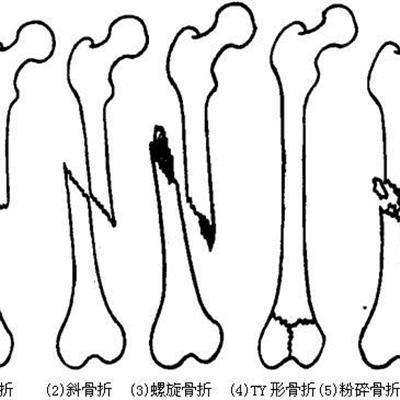
Third: decreased respiratory function, thoracolumbar compression fractures, kyphosis, thoracic deformity, can significantly reduce vital capacity and maximum ventilation, patients often have chest tightness, shortness of breath, dyspnea and other symptoms.
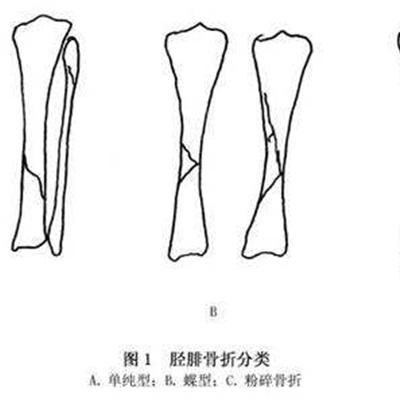
matters needing attention
At the same time, we should also pay attention to the prevention of complications. We need to pay attention to the prevention of falls and fractures.
